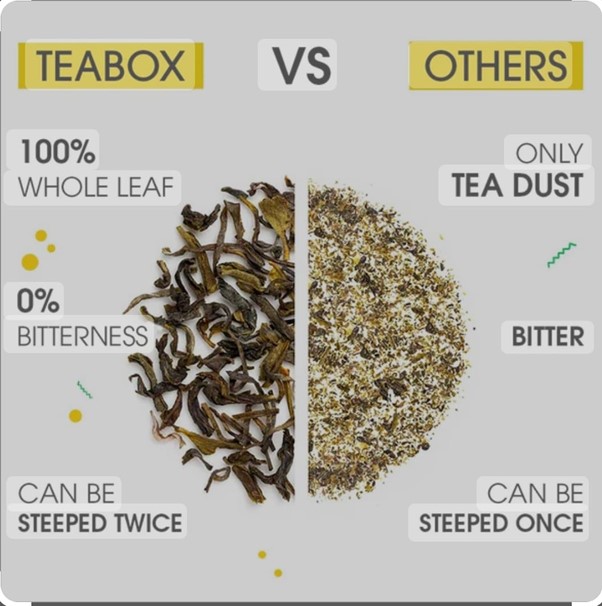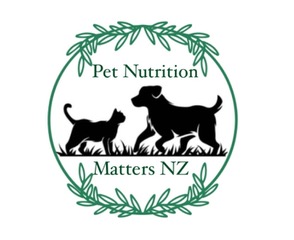Who Enjoys A Cup Of Tea?
This one is for the pet parents.
Were you aware that 96% of commercial tea bags contain polypropylene plastic, they are also bleached to give them a white colour?
Polypropylene – also known as polypropene, is a thermoplastic polymer. The chemicals found in plastic products are proven to contribute to some cancers. Also polypropylene has limited use in high temperatures as it suffers from chain degradation which can lead to oxidisation.
Polypropylene is frequently used in the automotive industry to produce, batteries, bumpers, interior elements, door trims and instrument panels. It is woven into tea bags and used to seal the edges. If your tea bag feels ‘silky’ its probably made out of nylon or plastic.
The tea in tea bags is often only tea dust leftovers from full leaf tea. This is of lower quality, less flavour, easily bitter, low in antioxidant content, has less natural compounds. Whereas loose tea leaves have higher quality, full flavour are less bitter, and have a higher antioxidant compounds.
You may like to switch that tea bag to a pot of tea. The left over tea can be put in your compost bin, or tipped straight into your garden. When you incorporate tea leaves into your garden soil, they release nitrogen naturally which helps balance out carbon-rich materials that may already be present. Hydrangeas, roses, african violets, camellia, orchards, tomatoes, basil, blueberries, calendula, daffodils, lavender, poinsettia and rhododendrons, amongst others, enjoy a cup of tea too!

